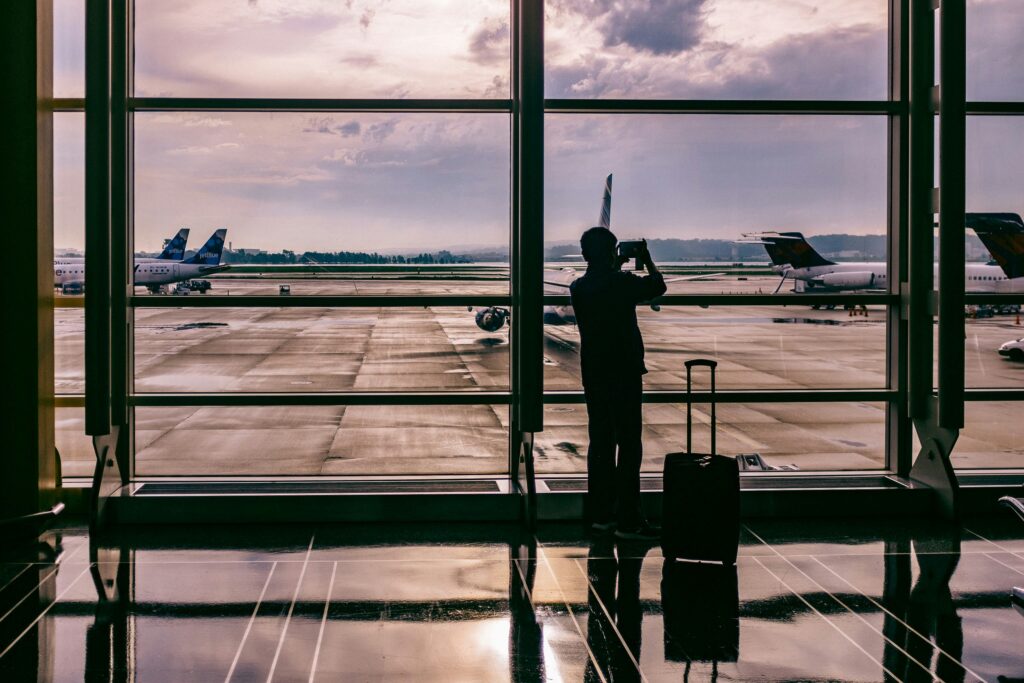
I still remember that time I found myself in a tiny town in Portugal. Dreamy cliffs and stunning beaches all around, but here’s the catch: the Wi-Fi was basically non-existent. As a digital nomad, I need the internet to work. Being cut off felt scary, like trying to walk a tightrope without a safety net. After that, I learned a few tricks to stay connected even when I’m in the most remote corners of the world.
If you’re like me and want to explore while working, having reliable internet is crucial. This guide will share practical tips for securing solid internet in places with questionable coverage. Let’s face it, life’s too short to be tethered to a bad connection.
Understanding the Challenge
Why Internet Matters for Nomads
First things first, let’s talk about why this matters. As a digital nomad, my income often relies on steady internet access. Whether it’s for client calls or uploading files, a weak connection can throw a wrench in your plans.
The Locations That Call to You
If you’re choosing a less-traveled path, reliability is key. Remote areas often lack the infrastructure that big cities have. Poor service can lead to frustration, missed deadlines, and far less fun.
Solutions for Reliable Internet
1. Research Before You Go
Here’s the thing: knowing what to expect can save you a ton of headaches. Use apps like Speedtest to check the internet speeds in your desired locations. Look for forums and blogs where travelers share their experiences. Trust me, these insights can be gold.
2. Choose Your Accommodation Wisely
Not all places are created equal. When booking, make sure to ask about internet speed and reliability. Some hosts can be vague. Don’t hesitate to ask for specific numbers or reviews.
Consider Co-Working Spaces
If your destination has co-working spaces, consider working there for a bit. These places usually have solid connections and can be a good fallback if your accommodation is lacking. Plus, you’ll meet fellow travelers and even locals, which is a bonus.
3. Invest in Portable Wi-Fi
A portable Wi-Fi device is worth considering. You can buy one or rent it, depending on your destination. This gives you a backup for emergencies. Just remember that it’s only as good as the local networks.
Mobile Data Plans
Also, check if local SIM cards make sense. In many countries, getting a good data plan can be cheaper than you’d expect. Use apps like Google Fi or Airalo for options that fit your needs.
4. Learn Some Tech Basics
Don’t be intimidated by tech. A bit of knowledge goes a long way. Here are a couple of things to keep in mind:
Use a VPN
A Virtual Private Network (VPN) can help you stay secure, especially on public Wi-Fi. Sometimes it can even improve your connection speed — but, you won’t always get a boost. It’s another tool in your belt.
Signal Boosters
If you’re really committed to staying off the grid but still want a decent connection, look into signal boosters. They’re not always cheap, but worth it for serious workdays in remote areas.
5. Be Flexible
Sometimes, despite all your planning, things go sideways. Here’s where flexibility comes into play. Maybe the café you planned to work in has a slow connection, or your pre-booked spot doesn’t live up to expectations. Have a few backup spots lined up. Scout the area upon arrival so you know your alternatives.
Local Libraries and Cafés
Don’t underestimate local libraries. They often have decent connections and provide a quiet place to work. Plus, who knows? You might discover a hidden gem of a café where the Wi-Fi is faster than what you expected.
What If Coverage is Nonexistent?
Offline Options
Sometimes, the best plan is to go offline. Download materials you’ll need while you have good internet. Work on things that don’t require access, like brainstorming or writing drafts. It’s about using your time smartly.
Adjusting Expectations
But here’s the problem: working in a remote place isn’t always romantic. You might end up facing challenges. It’s useful to have a few projects that can wait for better internet or even plan to spend some downtime enjoying your surroundings.
Final Thoughts
Being a digital nomad doesn’t have to mean sacrificing your internet stability. With research, smart planning, and a willingness to adapt, you can navigate the challenge of poor coverage. Remember to stay connected, but don’t forget to enjoy the ride. Each new place brings unique experiences, and sometimes, those moments are better than any upload speed.
So pack your bags, grab your tech gear, and go out there. The world is waiting, and with the right tools, you can enjoy every bit of it. Whether it’s sipping coffee in a quiet beach town or venturing into the mountains, you’ve got this!
**Related Reading:** – [Related: How to Plan a Solo Trip on a Budget] – [Related: Top Destinations for First-Time Solo Travelers] **#SoloTravel #Ultimate #Guide #Digital #Nomads #Secure #Reliable #Internet #Remote #Areas #Poor #Coverage**